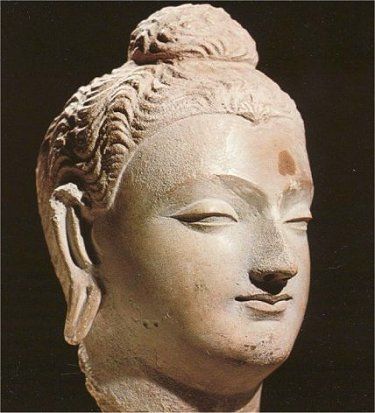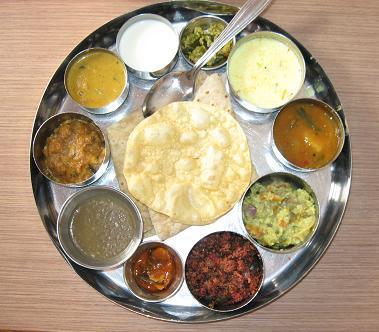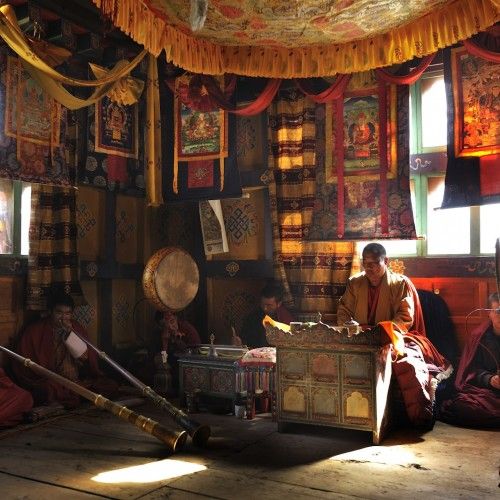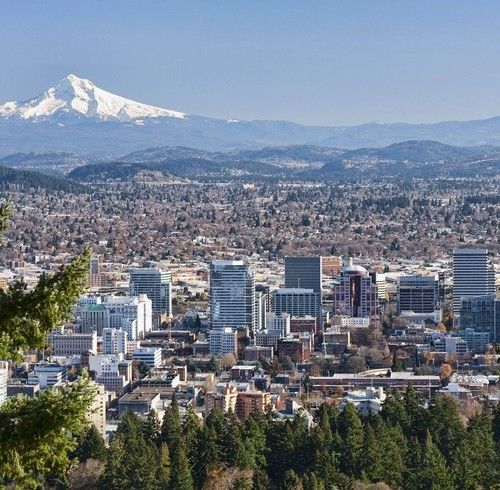
In today’s selection — the first great unifier of large parts of the Indian subcontinent was Ashoka the Great (304-232 BCE), who converted to Buddhism after witnessing the bloody horrors of his own wars, and used the moderating influence of Buddhism to help unify the widely different peoples within in his realm. He sent missionaries throughout his empire and as far away as Greece and Egypt. This was the first great expansion of Buddhism, which until then had been found mainly in the northeast near where Siddhartha Gautama himself had lived and taught. The size of his empire was not matched within India for another 2,000 years, and he was ahead of his time in enjoining “respect for the dignity of all men and, above all, religious toleration and non-violence.” Buddhism continued to figure prominently for centuries more, though it was never as deeply rooted as Hinduism, and was ultimately displaced by Islam, whose promise of equal treatment of all men resonated with many within India’s caste system. Very little of Buddhism remained after the establishment of the Islamic Mughal empire in the 16th century CE, though by that time it had become sufficiently established in other parts of Asia to flourish beyond India’s borders:
“Under the third Maurya ruler, the conquest of [the state of] Orissa gave the empire control of the land and sea routes to the south and the subcontinent acquired a measure of political unity not matched in extent for over 2,000 years. The conqueror who achieved this was Ashoka, the ruler under whom a documented history of India at last begins to be possible.
“[Under Ashoka], a royal council ruled over a society based on caste. There was a royal army and a bureaucracy; as elsewhere, the coming of literacy was an epoch in government as well as in culture. … Ashoka had himself been converted to Buddhism early in his reign. Unlike Constantine’s conversion, his did not precede but followed a battle whose cost in suffering appalled Ashoka. Be that as it may, the result of his conversion was the abandonment of the pattern of conquest which had marked his career until then. …
“The most remarkable consequence of Ashoka’s Buddhism has usually been thought to be expressed in the recommendations he made to his subjects in the rock — inscriptions and pillars dating from this part of his reign (roughly after 260 BC). They really amounted to a complete new social philosophy. Ashoka’s precepts have the overall name of Dhamma, a variant of a Sanskrit word meaning ‘Universal Law’, and their novelty has led to much anachronistic admiration of Ashoka’s modernity by Indian politicians of the present era. Ashoka’s ideas are, none the less, striking. He enjoined respect for the dignity of all men and, above all, religious toleration and non-violence. His precepts were general rather than precise and they were not laws. But their central themes are unmistakable and they were intended to provide principles of action. While Ashoka’s own bent and thinking undoubtedly made such ideas agreeable to him, they suggest less a wish to advance the ideas of Buddhism (this is something Ashoka did in other ways) than a wish to allay differences; they look very much like a device of government for a huge, heterogeneous and religiously divided empire. … ‘All men’, read one of his inscriptions, ‘are my children.’
“This may also explain his pride in what might be called his ‘social services’, which sometimes took forms appropriate to the climate: ‘on the roads I have had banyan trees planted,’ he proclaimed, ‘which will give shade to beasts and men.’ The value of this apparently simple device would have been readily apparent to those who toiled and travelled in the great Indian plains. Almost incidentally, improvements also smoothed the path of trade, but like the wells he dug and the rest-houses he set up at 9-mile intervals, the banyan trees were an expression of Dhamma. Yet Dhamma does not appear to have succeeded, for we hear of sectarian struggles and the resentment of priests.
“Ashoka did better in promoting simple Buddhist evangelization. His reign brought the first great expansion of Buddhism, which had prospered, but had remained hitherto confined to north-eastern India. Now Ashoka sent missionaries to Burma who did well; in Ceylon (Sri Lanka) others did better still, and from his day the island was predominantly Buddhist. Those sent, more optimistically, to Macedonia and Egypt were less successful, though Buddhist teaching left its mark on some of the philosophies of the Hellenistic world and some Greeks were converted.”
From J.M. Roberts and Odd Arne Westad, The History of the World, 2013
Via Delancey Place





